#Indus_Queen
From Kot Mithan town in Rajanpur district, if you go towards Chachran Sharif (Khanpur), before climbing Benazir Bridge, take a rough road on the right hand side where there was a temporary bridge to cross the river. An amazing view with a safety fence near this bridge will catch your eye. An example of this is as if a naval battle had been fought here in the past and the enemy had left his ship and fled.
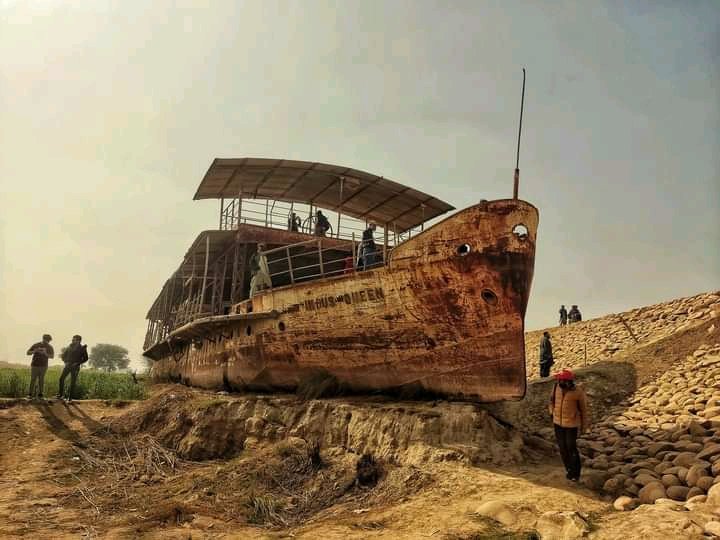
Here you will see a gigantic iron ship-like structure sinking in the mud along the swaying and lush green fields, this is the Indus Queen. Sutlej Queen of the former state of Bahawalpur. Some distance away, a steamer and two boats are lamenting their helplessness.
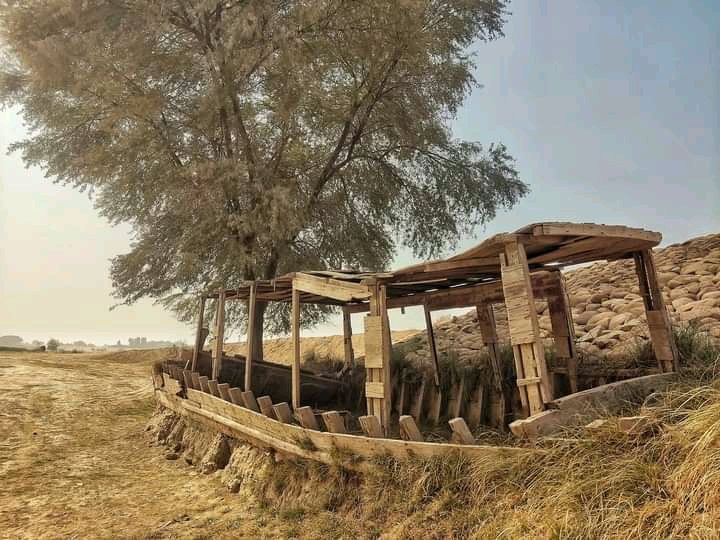
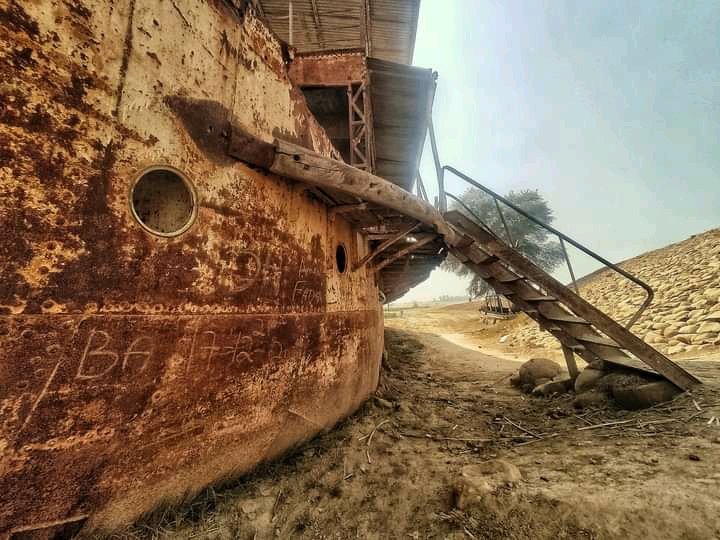

For its complete history, we have to go back in time. When the British Raj was established in the subcontinent, due to lack of paved road and railway line from Sindh to Punjab, the British introduced Dukhani ships in the Indus River for transportation of goods and commodities. Trade between Sindh and Punjab was promoted through Guddu Bunder in Hyderabad was actually a port on the Indus River where the Indus Flotilla Company's ships were anchored. And was delivered to Lahore. After laying the railway line, the first locomotive was also delivered from Karachi to Hyderabad and then to Lahore by Indus Flotillaship. The voyage was a slow and long one. From Karachi port, the steam engine was first taken to Kotri, a town west of the Indus River, and from there it was transferred to Indus Flotilla Company's boat, which was to take it to Lahore.
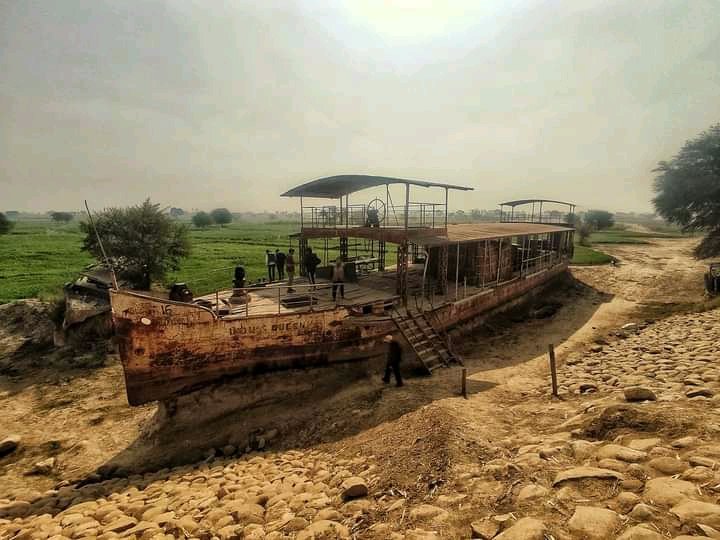
The boat reached Multan in 34 days via Indus and Chenab rivers. The journey from Multan to Lahore was arranged somewhat hastily and finally the day came which the people of Lahore were eagerly awaiting. The boat entered Lahore on the waves of the river Ravi. The locomotive was unloaded from a boat on the banks of the Ravi River in Lahore and brought to the city (at Chauburji) where a large number of city dignitaries and people had gathered. In Lahore, the engine was hauled to the railway station by bullock carts.
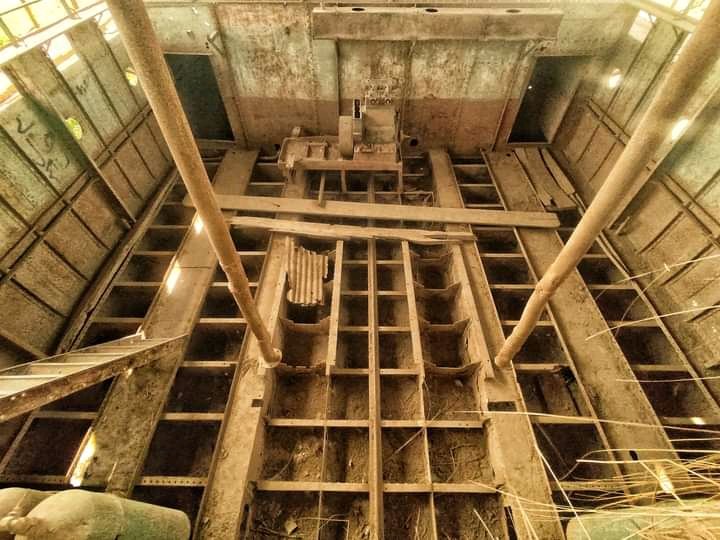
Around the same time, the Sutlej, a major tributary of the Indus, was also ruled by a huge ship. This was the Sutlej Queen of the Nawab of Bahawalpur. The Sutlej Queen was owned by Nawab of Bahawalpur Nawab Sadiq Khan Abbasi V and was built around 1867.
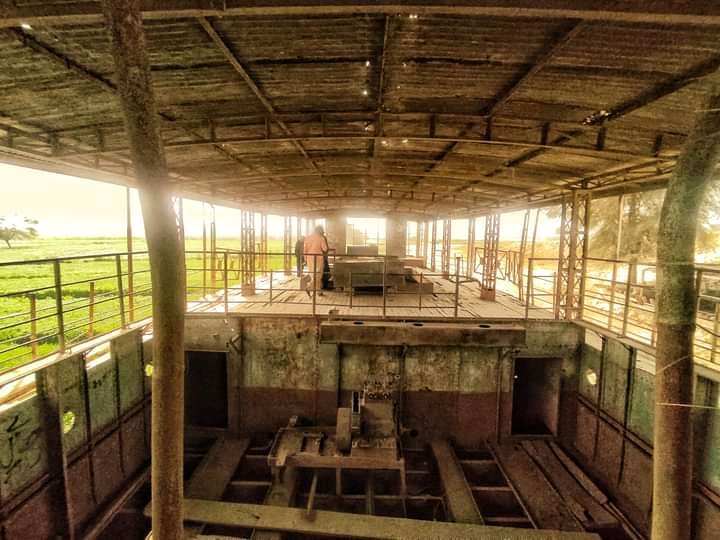
After the formation of Pakistan, the Indus Basin Treaty was signed between Pakistan and India in 1960, under which the three rivers Sutlej, Beas and Ravi were ceded to India. On the other hand, after the annexation of the state of Bahawalpur to Pakistan, Nawab Sadiq Khan Abbasi handed over the ship "Sutlej Queen" to the government of Pakistan. The Sutlej Queen was transferred by the Government of Pakistan to "Ghazi Ghat" and started operating in the Indus River between Dera Ghazi Khan and Muzaffargarh. After coming into the river Indus, it became "Indus Queen" from Sutlej. In view of the rapid flow of water at Ghazi Ghat, Indus Queen was shifted to Kot Mithan in 1996, where it continued to run smoothly between Mithan Kot and Chachra, despite the inattention of the Highways Department of the Punjab Government in 1996. Has been unable to walk and has been lying in the plains far from the banks of the river Indus ever since.
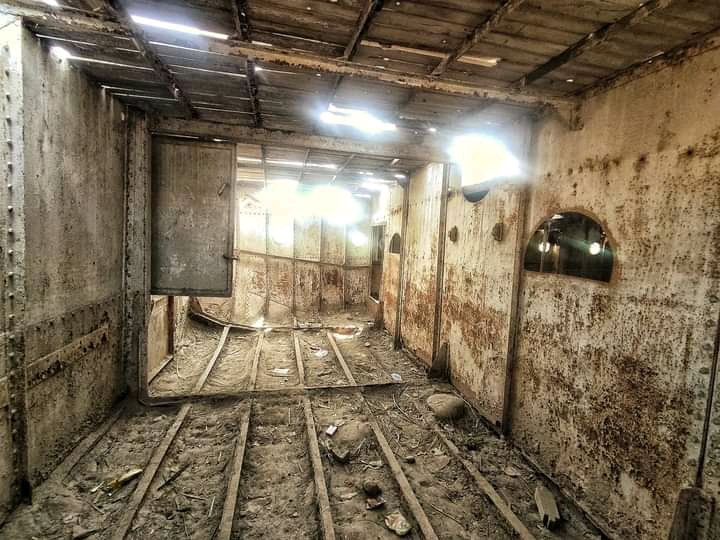
According to the information provided by the locals, this is the ship which was gifted to Hazrat Khawaja Ghulam Farid by Nawab of Bahawalpur, Nawab Sobh Sadiq. The river Indus flows between Farid's Nagri (Kot Mithan) and Chachran Sharif, which caused difficulties for the disciples who met Khwaja Sahib and Khwaja Sahib also had to go to Rohi (Cholistan) for chanting. Therefore, the Nawab of Bahawalpur had given this ship as a gift to Khawaja Sahib which remained in use for a long time. The ship made its last voyage in 1996.
The ship had three sections. Downstairs were the engine, generator and upstairs staff rooms. The middle part was for seating passengers, one part was reserved for women and one for men. Above the middle is an iron sheet shed, and at the top of the shed was a small mosque for the passengers, and in the front, just in front, was the captain's room, with a spinning wheel. Which was used to determine the direction of the ship.
In the 2010 floods, water passed over the ship and the ship became addicted to mud. Its engine is still covered with mud.
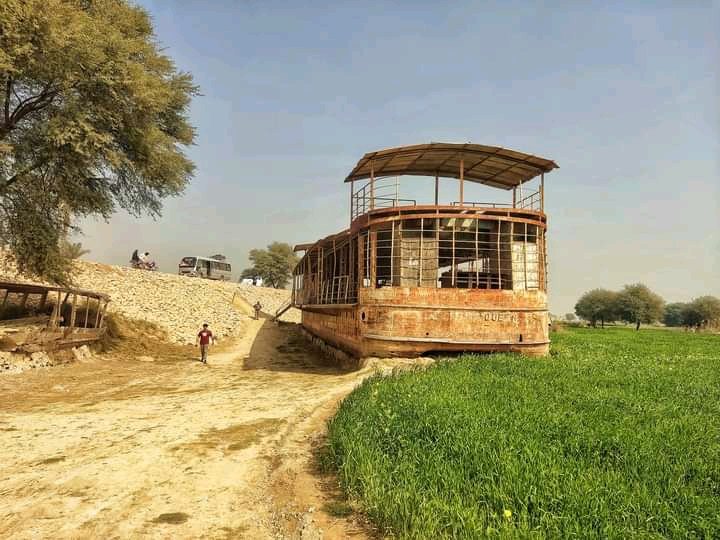
After the Benazir Bridge, the ship is no longer needed for passenger transport but has been repaired so that it can be operated in the Indus River for tourist purposes. Or by anchoring on the riverbank with a small investment that it can be turned into a beautiful restaurant. Imagine for a second you were transposed into the karmic driven world of Earl of Indus. And I can confidently say that if this ship had been in Lahore, it would have been a beautiful boating restaurant in the glistening waters today.
There is a need to save this precious historical heritage from being ruined. It needs to be restored and used for the promotion of tourism. Otherwise, a few years from today, its structure will be declared as useless and sold as scrap.
If Indus Queen could find language, she would surely complain to us in these words.
There is helplessness, there is sadness and there is pain
All I have is not just you